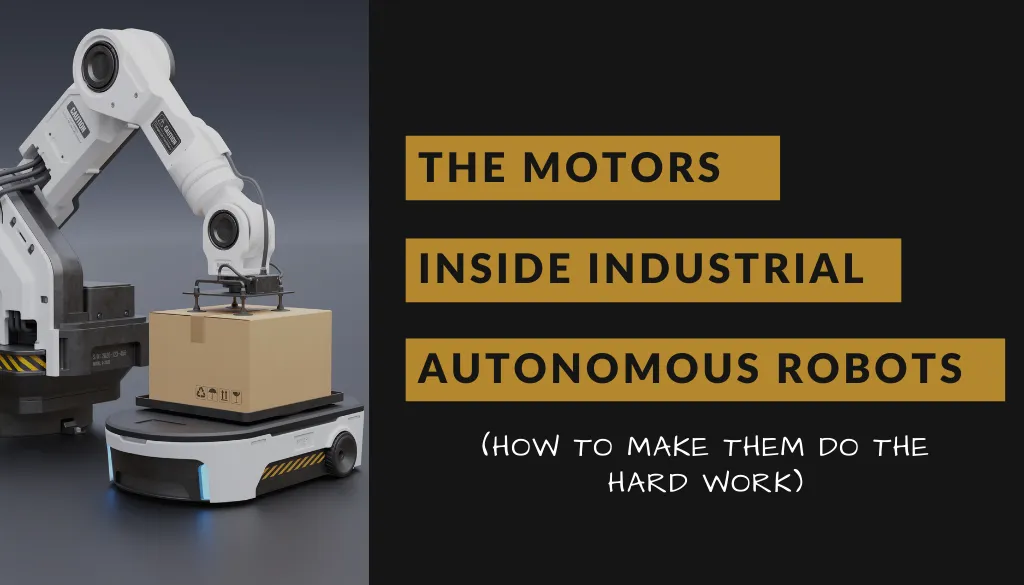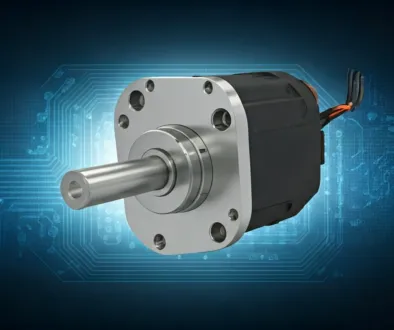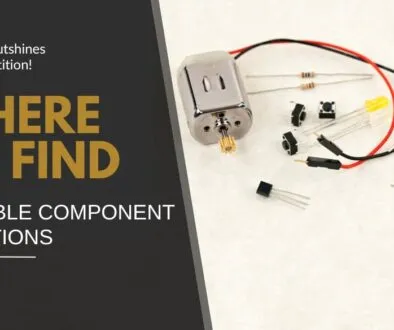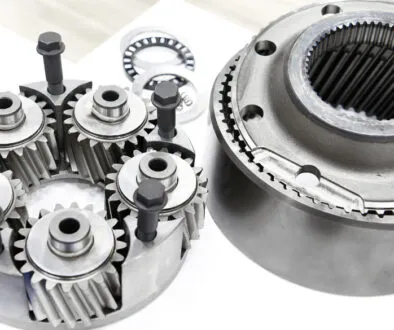The Motors Inside Industrial Autonomous Robots
Prepare For The Robot Revolution
Autonomous Robots are becoming the new normal as they get integrated into industrial settings as well as our everyday lives. It’s not all robot arms and security mobile robots though, a lot of current autonomous robots resemble normal warehouse objects like conveyor belts and palette jacks. Manufacturing and distribution facilities are incorporating Autonomous Robots into their workflow more and more with the advances in artificial intelligence. Delivery services like Amazon, UPS and food delivery services are beginning to reduce human intervention by delivering items to your door via drone and other autonomous delivery robots.
As these automated robotic systems rise in popularity, the demand for them to carry out different tasks increases. One of the most critical components within any autonomous device is the motor. Our motors and gear motors are great fit since most autonomous applications require DC power. ISL Products has over 40 years of experience designing and manufacturing various types of DC motors and gear motors for a variety of industrial applications. We are here to help you automate forward! To better explain how and why certain motors are selected when designing autonomous robotics, let’s look at what differentiates them and how they are used.
Brushed Motors: The most common type of DC motor and has been around the longest. They’re great for a variety of tasks and are easy to operate due to their simplicity. Their low cost relative to other types of motors makes them a popular choice. To increase the controllability of a brushed motor while keeping the costs down, you can choose to have an encoder added. ISL has the ability to offer this feature for most motors.
Brushed motors are typically used for tasks where speed is the main factor, like drive motors to move security robots around or to spin the cleaning brush on floor scrubbing commercial robots. Other simplistic tasks where a brushed motor will be optimal are when high torque is not required. For example, the door release motor on delivery bots.
Brushless Motors: These are a good option for applications and tasks that require more precision and control. Brushless motors use an external controller to regulate speed. You do have to make room for the motor controller elsewhere within the application though. Due to the absence of brushes BLDC motors have a much longer usage life than a standard brushed motor, though there is an increase in cost. They are often picked over Brushed motors due to their quiet nature and longer service life. The versatility of BLDCs means that they’re a solid choice for most applications.
Brushless motors are the perfect choice for applications that need high performance in a small package. They work great as enhanced precision drive motors and as joints on robotic arms. They also serve well for higher speed requirements for carrying out tasks like drilling. Outrunner types of BLDC motors are used mostly in drones as the propeller motor. We have seen customers start to use them in other unique ways to accommodate different autonomous functions in applications like prosthetics or a humanoid robot.
Stepper Motors: A type of BLDC motor that operate in small and precise “steps” that allow for incredibly high precision. Stepper motors are open-loop positioning, meaning they don’t rely on sensors or monitors, saving on size, weight, and complexity.
Stepper motors are great for tasks that require deliberate action and precise movement as well as actions that require a hold and pause. This makes them an ideal choice for any type of placement or movement device, whether that is a robotic arm or a Cartesian grid system like on a 3D printer. Our stepper motors also work well for applications and devices that hold and dispense items as well. Captive and Non-Captive stepper motors are great for linear movements like sophisticated locking systems or to control the throttle on gas powered autonomous agricultural equipment.
For applications that require a stronger torque, we also offer geared stepper motors. By coupling our stepper motors with one of our planetary gear heads we are able to substantially increase the usable torque.
Need More Torque? Use A Gear Motor
A common way to increase the torque output of a DC motor is to couple it with one of our gearboxes. The three most common types of these are Planetary, Spur, and Worm gear motors. Each gear motor has its own unique characteristics and purpose within the autonomous world.
Spur Gear Motors: The most cost efficient gear motor solution, using straight toothed large and small gears stacked on parallel shafts. Due to their compact construction, they are the best choice size constricted situations. They are a great option for light work loads like automated rollers or for use at lower torque values like in an autonomous auger system.
Planetary Gear Motors: This type of gear motor is designed with several satellite gears revolving around one central sun gear. Since several planetary gears are touching the sun gear at once the load is distributed, allowing planetary gear motors to sustain higher torque values. This makes them ideal for higher load and speed applications. Planetary gear motors are most commonly used within robotics where a joint or claw needs to operate varying loads, intermittently. They can be found in forklifts and warehouse robots. They are used in all types of industrial conveying and printing machines.
Worm Gear Motors: These use a “worm” gear to maximize the torque coming out of a motor. The configuration of a worm gearbox turns the output shaft 90 degree, allowing for a smaller mounting footprint. In addition, worm gear drives will only turn when power is applied, this means that they are self locking in the event of a power failure or a component breakage. This makes them ideal for situations where heavy loads of materials need to be lifted. They can be found powering pulley and track systems as well for autonomous off-road vehicles.
As you can gather, in the growing world of autonomous robots and vehicles, motors and gear motors are what literally drives them forward. Our team of application engineers here at ISL Products has a vast history of designing and manufacturing these different types of motor solutions. Have a discussion with us during the design phase of your next project and see the difference an ISL motor solution will make within your application.





